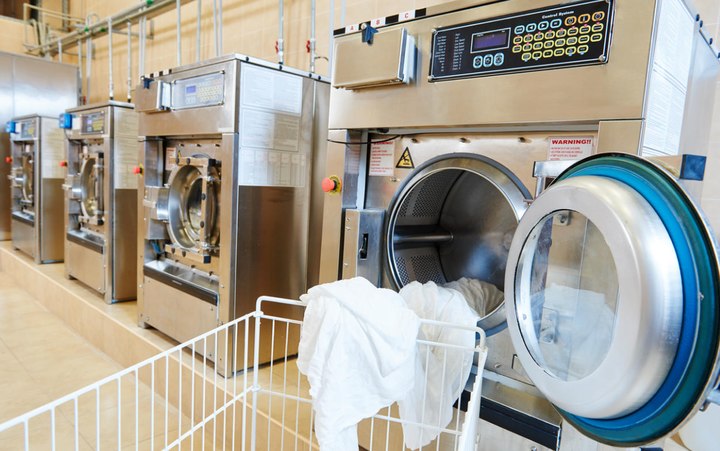You may have numerous inquiries regarding flame retardant clothing and how to properly care for and maintain it. This article will provide a general guide on how to clean and maintain flame retardant clothing, including when to use industrial laundering versus at-home laundering.
The cleaning and maintenance of flame retardant clothing
Industrial Washing vs. Household Laundering
Industrial laundering is an effective method for cleaning workwear, aprons, and other equipment. It removes oil stains, metal fillings, and dust, providing safely cleaned equipment for any industry. Household laundering serves as a safe, cost-effective alternative to industrial laundering.
For the maintenance of workwear, particularly in the case of CE-certified personal protective equipment, it is more common to allocate them to industrial laundries rather than household ones. This ensures that the maintenance of workwear aligns with the garment type, thus guaranteeing the performance characteristics of the garment as declared by the manufacturer post-cleaning.
Maintenance of Flame Retardant Clothing
Garments made from inherently flame retardant fibers possess natural flame retardancy, while post-treated flame retardant clothing is typically made from fabrics treated through a flame retardant process. Both types of flame retardant clothing can undergo industrial washing and, when following the correct care instructions and procedures, can maintain their flame retardant properties within the garment’s lifespan.
Flame Retardant Clothing Laundering Guidelines
It is advisable to always adhere to the instructions on the garment label. The laundering instructions primarily aim to assist in maintaining cleanliness, minimizing shrinkage, prolonging the lifespan, and providing guidance on what to avoid.
Should you wish to launder flame retardant clothing yourself, the following care recommendations are also provided:
- Flame retardant clothing should always be washed separately from non-flame retardant clothing, as lint from regular garments may affect the flame retardancy.
- Do not use chlorine bleach when laundering flame retardant clothing. While it does not compromise the flame retardancy, it may shorten the garment’s lifespan.
- Flame retardant clothing with oily or oil-based stains can be pre-treated and washed in hot water (up to 60°C); dry cleaning may be more effective for such stains.
- Flame retardant fabrics dry quickly, so to minimize shrinkage, avoid over-drying, with recommended drying temperatures not exceeding 80°C.
- Only use detergents for laundering flame retardant clothing; avoid using soap, which may leave residue on the flame retardant fabric, affecting its flame retardancy.
- Fabric softeners are not recommended for laundering flame retardant clothing. While they do not diminish the flame retardant properties of the fabric, they may cause residual buildup, ultimately posing potential hazards.
- Avoid using a permanent press cycle when tumble drying.
These are some suggestions for cleaning and maintaining flame retardant clothing. We hope these recommendations address your queries.



